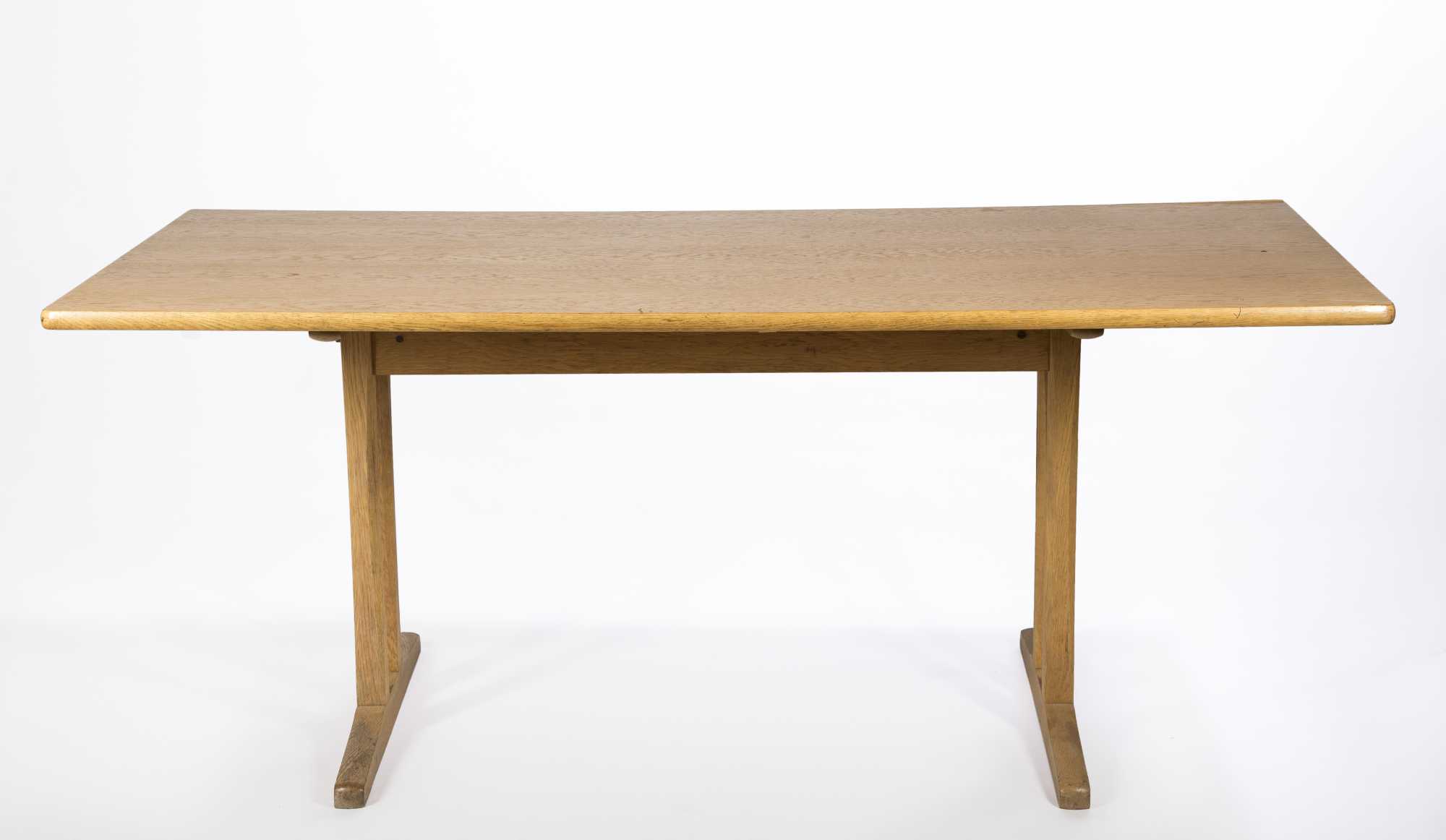It didn’t block the view of my neighbor’s boxes right away, but boy did it grow lovelier each year. Plants used in fences tend to spread so that they fill in the spaces between them.
Plants Used As Fence, Photinia is a flowering evergreen shrub that grows brilliant red shoots after it�s trimmed. Known as the queen of climbers, clematis is a lovely grower when planted near fences, trellises, or arbors.

Plants used in fences tend to spread so that they fill in the spaces between them. The bamboo plant is one of the most versatile plants that you come across. Apart from these, there are many more plants that can be used for fencing plants are palms, acalypha, caesalpinia, aralia, eranthemum, lantana tecoma, and cactus, etc. Osage orange, also known as hedge apple or horse apple, is one of the most commonly used plants for natural fences in america.
Golden bamboo (phyllostachys aurea, usda zones 7 to 10) is a running bamboo with leaves positioned both high and low on the stalks, which adds to your privacy if your fence has open slats.
As they mature, the saplings are pruned tightly to force thick, bushy growth and form an impenetrable hedge. Bamboos are the most commonly used plants for fences in rural parts of asia. Known as the queen of climbers, clematis is a lovely grower when planted near fences, trellises, or arbors. There are many reasons why arborvitae is among the most popular plants for a living privacy fence. It can grow as an indoor plant in low light and without soil. But take a look at the tags on the plants in the garden centre and check heights because there are some clematis that really do romp away.
 Source: pinterest.com
Source: pinterest.com
Artificial ivy leaves are natural looking to provide every indoor or outdoor space a blooming, earthy feel without the need for watering,use zip ties or tape to install, it can be cut to get the size and shape you want, can be used as wall decoration, fence screen, privacy screen. These are different from hedges like boxwood and privet which.
 Source: benevaplantscapes.com
Source: benevaplantscapes.com
The wood from the fence plants is used as firewood or for small woodworking projects. All these makes your fence come alive and is always better than some concrete. Lilac bushes are yet another kind of plant that are perfect for fence lines. As they mature, the saplings are pruned tightly to force thick, bushy growth and form an impenetrable.
 Source: beesandroses.com
Source: beesandroses.com
Normally it has thorny branches, so be careful if you have kids. Photinia is often used as a fence. Clematis are great on wire fences and trellis because the leaf stalks grip anything they can twine round. The wood from the fence plants is used as firewood or for small woodworking projects. It can thrive in most types of soil.
 Source: pinterest.com
Source: pinterest.com
The foliage is responsible for this. Defensive plants, shrubs and trees (shrub fences) spiny shrubs and trees have been used for many hundreds of years to create defensive barriers; It grows fast, so keep it under control with regular pruning. This plant is commonly used due to its ability to bring about privacy screening; The ornamental shrub is used to.
 Source: hoommy.com
Source: hoommy.com
Normally it has thorny branches, so be careful if you have kids. Believe it or not, a living fence has the potential to provide more privacy than a regular fence! Atropurpureum, also known as “malevolence,” is a sturdy shrub, topping out at five feet tall at maturity with a similar spread. Shrubs that make a good fence. This makes a.
 Source: nl.pinterest.com
Source: nl.pinterest.com
The thorns deter deer and other animals from getting too close. Artificial ivy leaves are natural looking to provide every indoor or outdoor space a blooming, earthy feel without the need for watering,use zip ties or tape to install, it can be cut to get the size and shape you want, can be used as wall decoration, fence screen, privacy.
 Source: decorsteps.com
Source: decorsteps.com
Finally, there are common plants that have the potential for use in living privacy fences that nosy neighbor will not be able to look over. Arborvitae, juniper and cedar are elegant, attractive evergreen trees that can form effective privacy borders. Homesteaders typically create living fences by planting appropriate shrub or tree species — started nursery plants, stem, or root cuttings.
 Source: backyardscape.com
Source: backyardscape.com
There are many reasons why arborvitae is among the most popular plants for a living privacy fence. Lilac bushes are yet another kind of plant that are perfect for fence lines. That might sound pricey, but you can plant willows five feet apart in a living fence, so you won’t need as many of them to form a fence as.
 Source: pinterest.com
Source: pinterest.com
Because of its look, this plant is often misidentified as a cactus. Apart from these, there are many more plants that can be used for fencing plants are palms, acalypha, caesalpinia, aralia, eranthemum, lantana tecoma, and cactus, etc. It can also grow very tall. This beautiful evergreen plant with shiny leaves offers nice, sufficient coverage. The bamboo plant is one.
 Source: thespruce.com
Source: thespruce.com
Golden bamboo (phyllostachys aurea, usda zones 7 to 10) is a running bamboo with leaves positioned both high and low on the stalks, which adds to your privacy if your fence has open slats. The wood from the fence plants is used as firewood or for small woodworking projects. Many jasmine varieties are ideal for covering fences. That might sound.
 Source: hoommy.com
Source: hoommy.com
Normally it has thorny branches, so be careful if you have kids. It didn’t block the view of my neighbor’s boxes right away, but boy did it grow lovelier each year. Shrubs that make a good fence. Arborvitae, juniper and cedar are elegant, attractive evergreen trees that can form effective privacy borders. Believe it or not, a living fence has.
 Source: greensideupgifts.com
Source: greensideupgifts.com
Apart from these, there are quite a few other plants or pots that can be used as a hedge like palms, acalypha, eranthemum, lantana tecoma, cactus etc. You can make a living fence out of many different types of trees and shrubs, from the osage orange tree of midwestern us states, to certain cactus varieties. Normally it has thorny branches,.
 Source: rockindeco.com
Source: rockindeco.com
And dead leaves from most plants can be used for mulching and composting. Known as the queen of climbers, clematis is a lovely grower when planted near fences, trellises, or arbors. Many jasmine varieties are ideal for covering fences. Either as hedging, to pen livestock into their fields, or by using a plant�s climbing and defensive properties to improve an.
 Source: naturebring.com
Source: naturebring.com
It grows fast, so keep it under control with regular pruning. It can thrive in most types of soil. This beautiful evergreen plant with shiny leaves offers nice, sufficient coverage. These are different from hedges like boxwood and privet which look firm and dense. This plant comes in several varieties like the giant or dwarf form, so you have to.
 Source: pinterest.com
Source: pinterest.com
Finally, there are common plants that have the potential for use in living privacy fences that nosy neighbor will not be able to look over. This plant comes in several varieties like the giant or dwarf form, so you have to choose the. The ornamental shrub is used to create privacy fences and informal landscaping boundaries such as a clipped.
 Source: matchness.com
Source: matchness.com
It can grow as an indoor plant in low light and without soil. Because of its look, this plant is often misidentified as a cactus. In case if you are interested in the plant nursery business plan. This plant is commonly used due to its ability to bring about privacy screening; For plant containers which will be hung or fixed.
 Source: hoommy.com
Source: hoommy.com
Its thick evergreen foliage creates a dense hedge when the trees are spaced properly, it. These are different from hedges like boxwood and privet which look firm and dense. Apart from these, there are many more plants that can be used for fencing plants are palms, acalypha, caesalpinia, aralia, eranthemum, lantana tecoma, and cactus, etc. It can grow as an.
 Source: homemydesign.com
Source: homemydesign.com
Photinia is a flowering evergreen shrub that grows brilliant red shoots after it�s trimmed. It can grow as an indoor plant in low light and without soil. Apart from these, there are quite a few other plants or pots that can be used as a hedge like palms, acalypha, eranthemum, lantana tecoma, cactus etc. Photinia is often used as a.
 Source: jooinn.com
Source: jooinn.com
Finally, there are common plants that have the potential for use in living privacy fences that nosy neighbor will not be able to look over. This makes a living fence look better than a standard fence. Homesteaders typically create living fences by planting appropriate shrub or tree species — started nursery plants, stem, or root cuttings or seeds — at.
 Source: pinterest.com
Source: pinterest.com
Homesteaders typically create living fences by planting appropriate shrub or tree species — started nursery plants, stem, or root cuttings or seeds — at close spacing. You have to prune it regularly to keep the plant healthy and flourishing. This makes a living fence look better than a standard fence. Known as the queen of climbers, clematis is a lovely.
 Source: hoommy.com
Source: hoommy.com
This makes a living fence look better than a standard fence. Eastern hemlocks (tsuga canadenesis) are best known as forest trees that reach enormous heights (60 feet or more). Because of its look, this plant is often misidentified as a cactus. Golden bamboo (phyllostachys aurea, usda zones 7 to 10) is a running bamboo with leaves positioned both high and.
 Source: ruangbelajar-508.blogspot.com
Source: ruangbelajar-508.blogspot.com
This beautiful evergreen plant with shiny leaves offers nice, sufficient coverage. Normally it has thorny branches, so be careful if you have kids. The foliage is responsible for this. It can grow as an indoor plant in low light and without soil. These lovely plants grow upward and not out,.
 Source: goodsgn.com
Source: goodsgn.com
All these makes your fence come alive and is always better than some concrete. It didn’t block the view of my neighbor’s boxes right away, but boy did it grow lovelier each year. These are fast growers and quickly sprawl out along a supporting fence. Artificial ivy leaves are natural looking to provide every indoor or outdoor space a blooming,.
 Source: jooinn.com
Source: jooinn.com
Defensive plants, shrubs and trees (shrub fences) spiny shrubs and trees have been used for many hundreds of years to create defensive barriers; And dead leaves from most plants can be used for mulching and composting. This plant is commonly used due to its ability to bring about privacy screening; This beautiful evergreen plant with shiny leaves offers nice, sufficient.
 Source: pinterest.com
Source: pinterest.com
Eastern hemlocks (tsuga canadenesis) are best known as forest trees that reach enormous heights (60 feet or more). Defensive plants, shrubs and trees (shrub fences) spiny shrubs and trees have been used for many hundreds of years to create defensive barriers; Apart from these, there are quite a few other plants or pots that can be used as a hedge.







